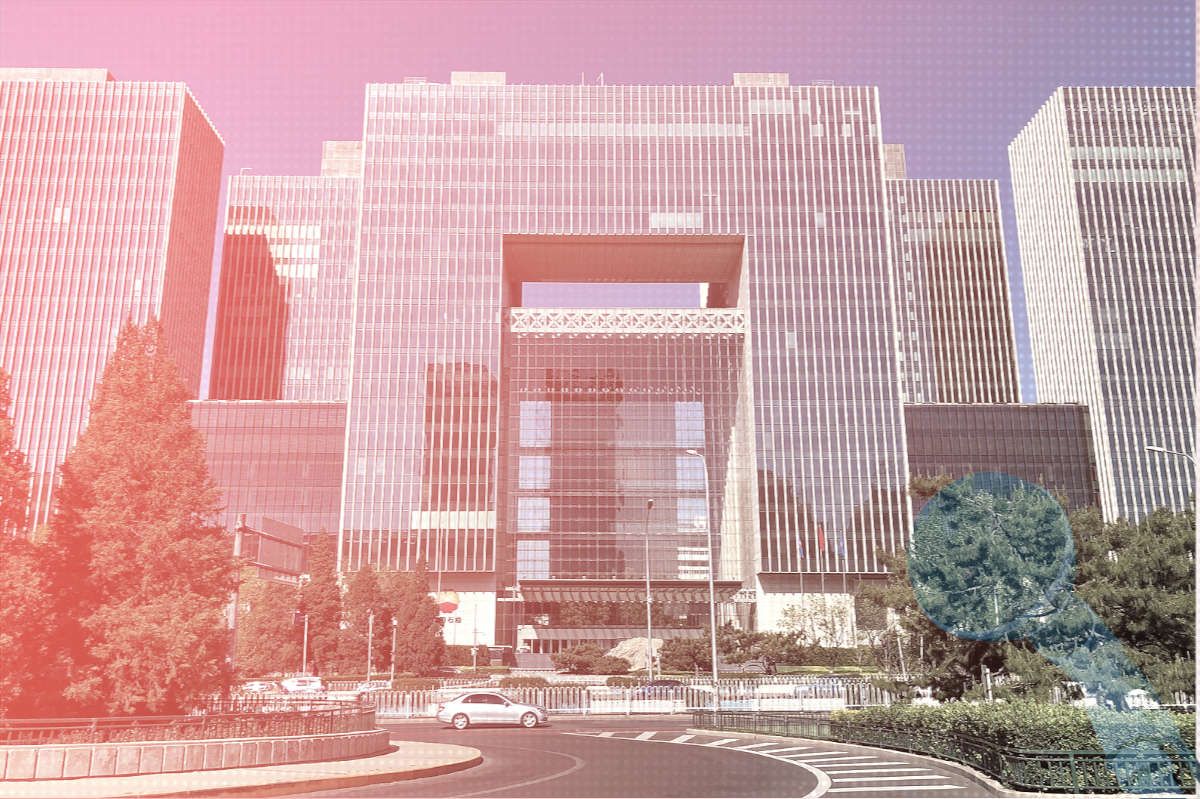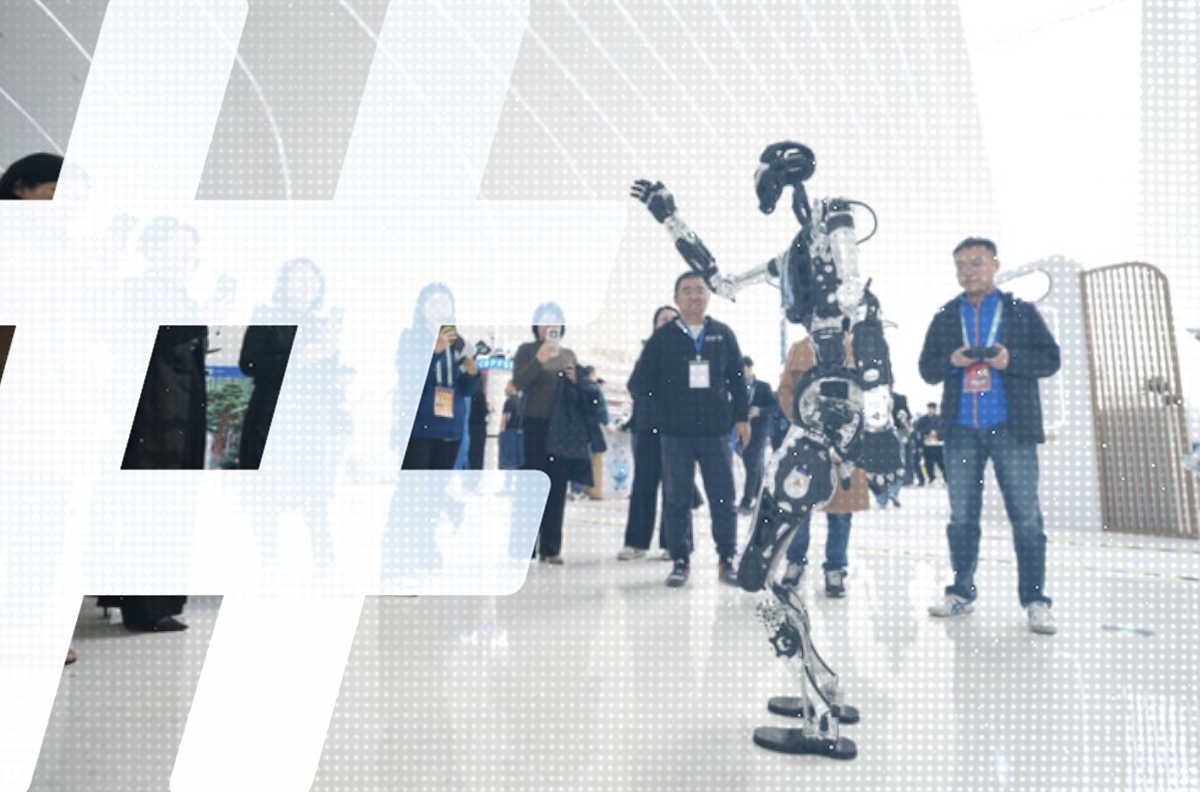YESTERDAY, I wrote about the unfolding controversy in China over “On the Field of Hope,” a Maoist song-and-dance extravaganza held on May 2 in the Great Hall of the People. The event featured 30 “red songs,” patriotic hymns from the 1960s and 70s that for many Chinese hold unsettling echoes the political tumult of the pre-reform era.
“On the Field of Hope” drew vocal objection from some quarters. On May 5, Ma Xiaoli (马晓力), a prominent “princeling” and the daughter of China’s former labor minister, submitted a strongly-worded letter of protest to the senior party leadership, arguing that the use of such blatant Maoist propaganda “to commemorate that 50th anniversary of the start of the Cultural Revolution is entirely in defiance of the political discipline of the Party.”
But where exactly does the idea of the “red song” come from?

[ABOVE:Bo Xilai sings at a “red song” event in Chongqing in 2008.]
Some trace the national popularisation of the “red song” back to 2008, when Bo Xilai, then the party chief in Chongqing, kicked off his red singing campaign. Bo’s populist push was dictated in a policy paper called, “Opinion on the Widespread Launch of Programs for the Singing and Dissemination of Red Classic Songs” (关于广泛开展红色经典歌曲传唱活动的意见).
Before Bo’s initiative, however, “red songs” had already gained some sentimental following through so-called “red song clubs,” or honggehui (红歌会), in places like Jiangxi, a key base of the Red Army in the early 1930s. In 2006, Jiangxi Satellite TV had launched a singing program called “China Red Song Club” (中国红歌会) to commemorate the 70th anniversary of the Long March.

Back in 2011, as China prepared an official documentary for the party’s 90th anniversary that looked back on 170 “red classics” — (this was roughly a year before Bo Xilai’s precipitous fall) — Southern Weekly spoke to Song Xiaoming (宋小明), the deputy director of the Chinese Music Literature Association, who said the term “red song” was a relatively recent phenomenon.
In previous decades, said Song, these “classic” anthems, most singing the glories of the Chinese Communist Party, were simply referred to as the “main theme,” or zhuxuanlu (主旋律). The phrase endures today as a musical metaphor for the party line or the party mainstream — appearing most recently in Xi Jinping’s speech to the party’s News and Public Opinion Work Forum in February.
In the Southern Weekly piece — “Red Songs Are ‘Red’ Once Again” — music critic Jin Zhaojun (金兆钧) took some personal credit for the term “red songs,” which might have stemmed, he said, from a series of “red classics” he curated with others back in 1995.
As organisers planned a performance of “The White Haired Girl,” the 1945 opera that became a film in 1950, Jin Zhaojun was invited as an advisor. The music critic suggested reinstating two other Communist Party classics, the “Red Detachment of Women” and “The Long March Suite.” According to Jin, these “red classics” were received enthusiastically by audiences in Beijing. (“The Long March Suite,” in fact, was performed in Hong Kong in 2007).
But what exactly makes a red song red?
For Jin Zhaojun, the term “red song” should apply to those party classics that took Mao Zedong’s 1942 Talks at the Yan’an Forum on Literature and Art as their ideological point of reference. Thematically, Jin said, they didn’t necessarily have to praise the party and the socialist cause. “Those that praised the People’s Army, the workers, the Motherland and one’s hometown could actually also be considered ‘red songs’,” he told Southern Weekly.
It was after the Yan’an Forum on Literature and Art that all artistic creation in Communist controlled areas of China fell under the party’s leadership. Many classic “red songs” were adapted after Yan’an from folk songs, with “red” material added to suit propaganda purposes. In “The East is Red,” for example, the original folk lyrics, Riding a white horse/wielding a foreign gun, were dropped in favour of, The east is red/the sun is rising.





















